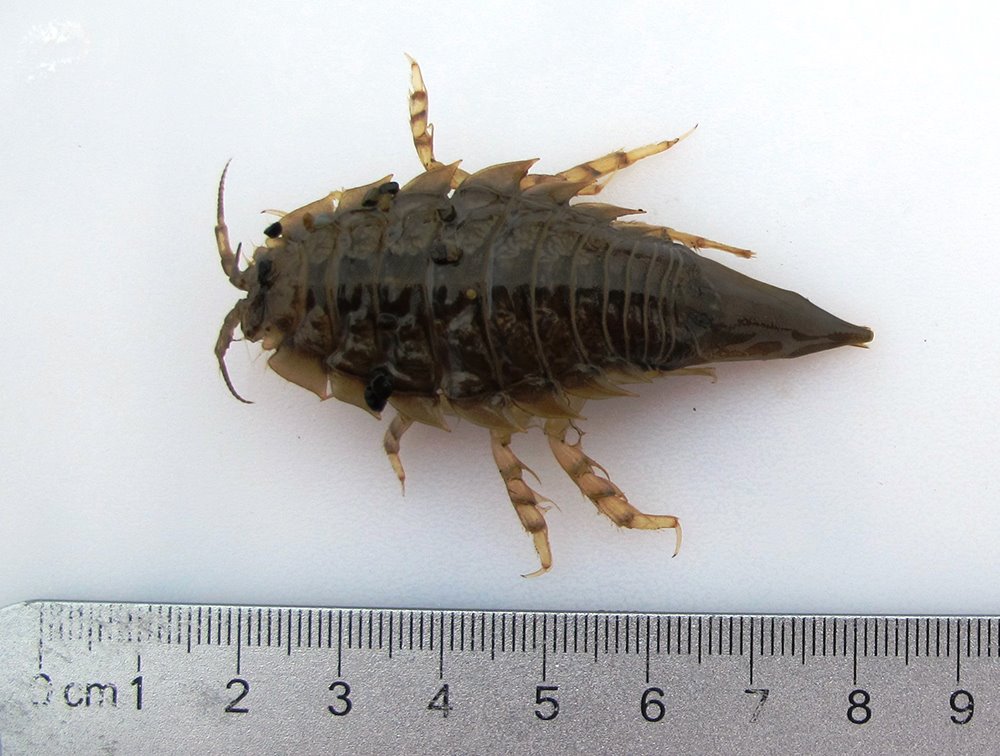Our Scientific Process
Key Steps in Our Scientific Process
NOAA scientists use a number of well-established approaches and methods to assess injuries to natural resources. By following valid and reliable procedures, we ensure that the data we collect are of high quality and appropriate for use in our injury analyses.
Data Collection
NOAA scientists collect and analyze many types of data as part of a Natural Resource Damage AssessmentInvestigation performed by trustees to identify injuries to natural resources caused by oil spills, hazardous substance releases, and grounding incidents in National Marine Sanctuaries, and plan restoration activities. The goal of NRDA is to restore natural resources and compensate the public for lost recreational use.. These include water, sediment, and tissue samples; surveys of fish, shellfish, and vegetation; and aerial photography and satellite imagery. When possible, we compare this information with other available data collected in the impacted area before the injuries occurred, or in similar areas that can serve as a reference.
Injury Determination and Quantification
Based on the data we collect, NOAA determines the nature and extent of impacts to habitats and biological communities. In doing so, we consider the duration of the injury and the time it will take for injured resources to recover. We also rely on economic tools to identify and calculate how recreational use of natural resources, such as beach access, fishing, and boating, have been impacted.
Restoration Planning and Implementation
With input from the public, we work with other trustee partners to select appropriate restoration activities. These projects are intended to compensate the public for both injuries to natural resources and lost recreational uses, from the time of injury until the resources are fully recovered.






